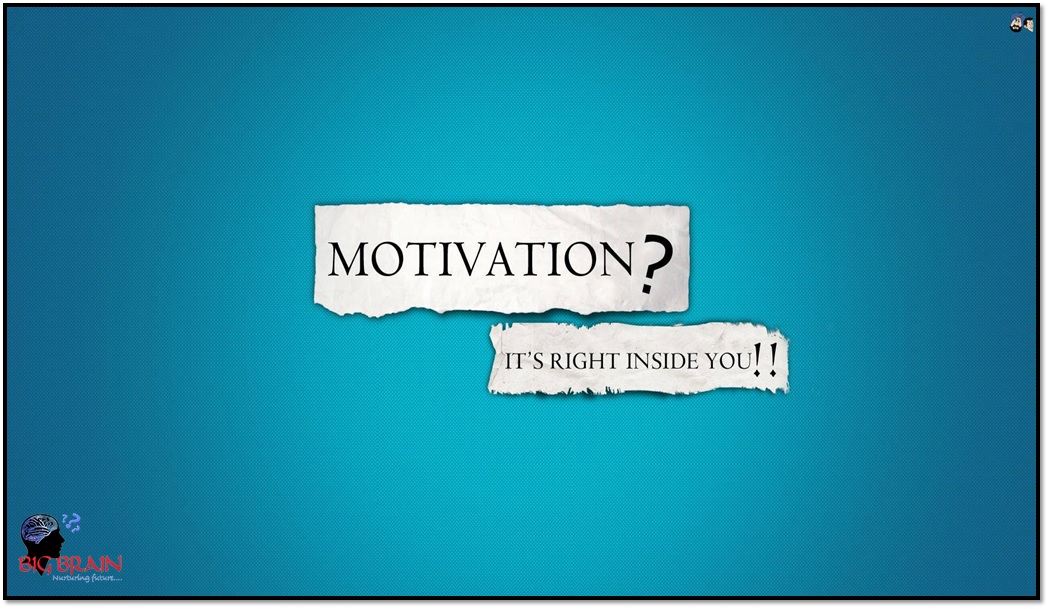Introduction to Motivation
Motivation is a psychological construct that refers to the reasons or drives that prompt individuals to act in a certain way. It encompasses the internal and external factors that stimulate the desire and energy in people to be continually interested and committed to a job, role, or subject, and to make an effort to attain a goal. Motivation can be intrinsic (arising from within) or extrinsic (arising from external factors).
Types of Motivation
- Intrinsic Motivation:
- Definition: This type of motivation comes from within an individual. It is driven by an interest or enjoyment in the task itself.
- Characteristics: Individuals engage in behavior because it is inherently satisfying, enjoyable, or fulfilling. Activities are done for their own sake rather than for an external reward.
- Examples: Reading a book because you enjoy the story, playing a musical instrument for the pleasure of making music, or solving a puzzle because you enjoy the challenge.
- Extrinsic Motivation:
- Definition: This type of motivation comes from outside the individual. It involves external rewards such as money, grades, praise, or avoidance of punishment.
- Characteristics: Behavior is driven by a desire to gain a reward or avoid a negative outcome. The task itself might not be enjoyable, but the outcome is valuable.
- Examples: Studying to get good grades, working extra hours to receive a bonus, or participating in a competition to win a trophy.
Theories of Motivation
- Maslow’s Hierarchy of Needs:
- Concept: Maslow proposed that human actions are directed toward goal attainment and that these needs are arranged in a hierarchy from the most basic to the most complex.
- Levels:
- Physiological Needs: Basic needs for survival such as food, water, and shelter.
- Safety Needs: The need for security, stability, and protection.
- Love and Belongingness Needs: The need for interpersonal relationships, affection, and belonging.
- Esteem Needs: The need for self-esteem, recognition, and respect.
- Self-Actualization: The need for personal growth, self-improvement, and realizing one’s potential.
- Herzberg’s Two-Factor Theory:
- Concept: Herzberg identified two sets of factors that impact motivation in the workplace: hygiene factors and motivators.
- Hygiene Factors: Factors that can lead to job dissatisfaction if missing but do not necessarily motivate if increased (e.g., salary, job security, working conditions).
- Motivators: Factors that truly motivate employees to perform better, leading to job satisfaction (e.g., recognition, responsibility, meaningful work).
- Self-Determination Theory (SDT):
- Concept: SDT focuses on the degree to which an individual’s behavior is self-motivated and self-determined.
- Basic Psychological Needs: SDT identifies three innate needs that, when satisfied, enhance intrinsic motivation:
- Competence: Feeling effective in one’s activities.
- Autonomy: Feeling in control of one’s own actions and decisions.
- Relatedness: Feeling connected to others and having a sense of belonging.
- Expectancy Theory:
- Concept: This theory posits that motivation is a function of an individual’s expectation that a certain level of effort will lead to a desired level of performance and that this performance will lead to a desired outcome.
- Components:
- Expectancy: The belief that increased effort will lead to increased performance.
- Instrumentality: The belief that increased performance will lead to certain outcomes.
- Valence: The value an individual places on the outcomes.
Factors Influencing Motivation
- Personal Factors:
- Needs and Goals: Personal aspirations and what individuals seek to achieve.
- Self-Efficacy: Belief in one’s own ability to succeed in specific situations.
- Personality Traits: Characteristics such as conscientiousness, openness to experience, and resilience.
- Work-Related Factors:
- Job Design: The structure and content of the job itself, including variety, autonomy, and significance.
- Work Environment: The physical and social environment, including relationships with colleagues and supervisors.
- Recognition and Reward Systems: How achievements are acknowledged and rewarded in the workplace.
- Social and Cultural Factors:
- Cultural Values: Societal norms and values that influence what is considered important and motivating.
- Social Support: Support from family, friends, and colleagues that can enhance motivation.
- Economic Conditions: Financial stability and economic opportunities that can impact motivation levels.
Strategies to Enhance Motivation
- Setting Clear Goals: Establishing specific, measurable, achievable, relevant, and time-bound (SMART) goals can provide direction and a sense of achievement.
- Providing Feedback: Constructive feedback helps individuals understand their progress and areas for improvement.
- Fostering a Positive Environment: Creating a supportive and inclusive environment can enhance motivation by making individuals feel valued and respected.
- Offering Rewards and Recognition: Acknowledging and rewarding achievements can boost motivation and encourage continued effort.
- Encouraging Autonomy: Allowing individuals to have control over their tasks and decisions can enhance intrinsic motivation.
- Promoting Professional Development: Providing opportunities for growth and skill development can keep individuals engaged and motivated.
Conclusion
Motivation is a complex and multifaceted phenomenon that plays a critical role in human behavior and performance. Understanding the different types of motivation, theories that explain motivational processes, and factors that influence motivation can help individuals and organizations create environments that foster high levels of engagement and productivity. By implementing strategies to enhance motivation, it is possible to achieve both personal and organizational goals effectively.

